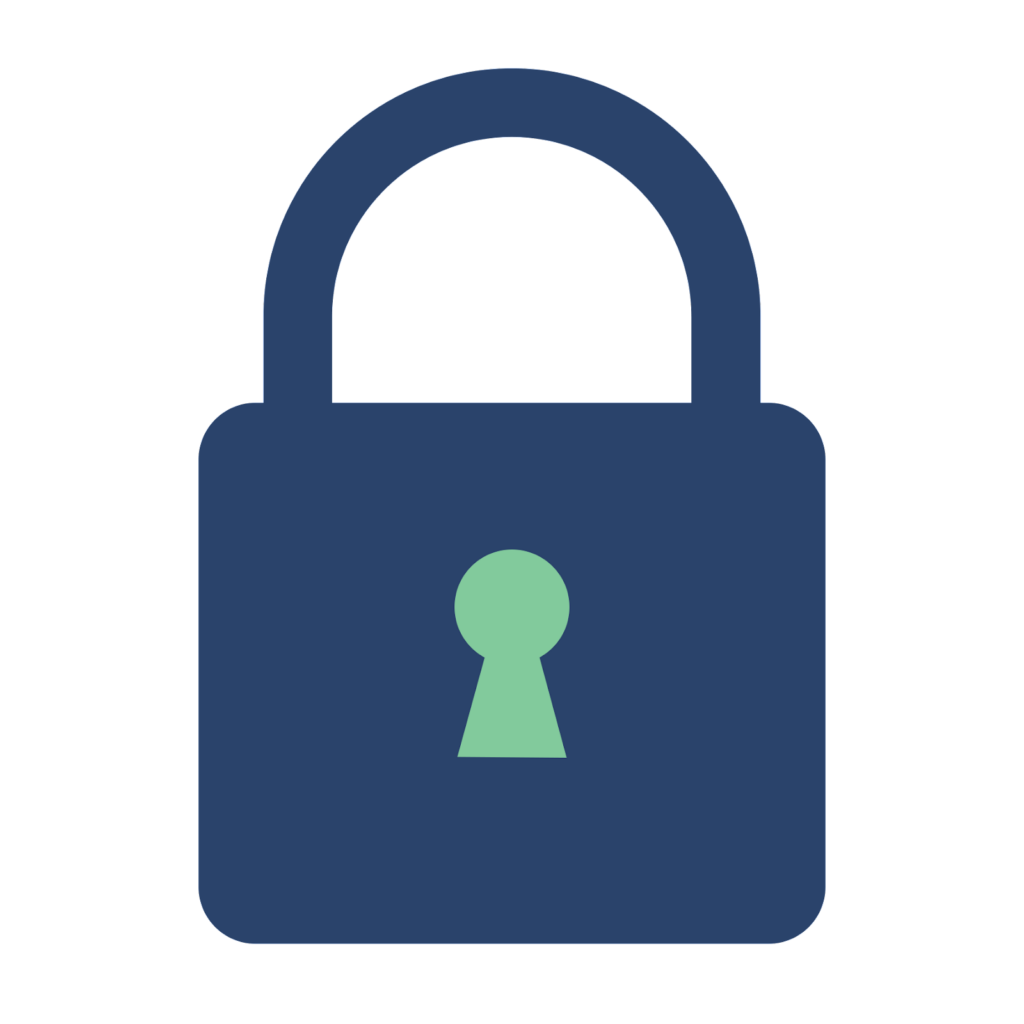As technology advances, internet-controlled devices begin to exist beyond just our smartphones and laptops, and are now everywhere, including in our homes through thermostats, door locks, baby monitors, and more. As technology increases, the security risks threatening your home increase as well. How safe are your smart home devices, and what can you do to protect your home?
November 13th, 2020
Authors: Emily Glazier and Henry Kenyon
Updated September 25th, 2023 by Annabel Otutu
What Are Smart Home Devices?
Smart home devices are home appliances controlled electronically, typically through Wifi, Bluetooth, or both, via smartphone. Some examples of smart home devices include:
- Speakers
- Thermostats
- Garage door opener
- Lights
- Door locks
- Baby monitors
There are many other smart home devices, but the devices listed above are the most commonly used in a smart home. Additionally, a smart home device can be anything electronic in your home that can be controlled over the internet.

How Do They Work?
In order to work, smart home devices need to be connected to the internet. They are able to communicate with the router in your home to provide access to internet services. You can use them to adjust the temperature, lock the doors, and other useful tasks. The smart device connects to the internet and once the connection is established, it enables a connection to the cloud server to allow use of the smart device. Most devices can be controlled remotely and it is essential that the device is able to properly connect.
How Safe Are Your Devices?
Most devices are secured by their Operating System. Those devices are encrypted with code that ensures your privacy and security needs are met. It is recommended that only devices that you absolutely need are connected to the internet. Changing the passwords on your smart home devices to a strong/unique passphrase makes it harder to decrypt. If you use the same password for all of your smart devices that can pose a security risk. Someone who gained that one password would have access to all of your information as well as control important aspects of your home. It is recommended that different passphrases are used for every device.
Incidents: Smart Home Device Security
There are a number of incidents of smart home devices having security breaches. For example, one family in Wisconsin had their smart home thermostat and speakers hacked and were tormented by their home’s temperature being very hot or very cold, and voices taunting them through the speakers. Another case included a mother using a FREDI baby monitor (a baby monitor that uses WiFi to change position), and a hacker gaining access, and using the monitor to watch the family in their home. There are many situations of cameras being hacked into, and hackers using it to harass families.
What Can You Do?
How can you protect your smart home devices from hackers and security breaches? There are many things you can do to protect your devices from hackers, and to secure your home in case of a breach. For example, making sure to use a strong password on your Wi-Fi is an important step. Strong passwords should include,
- Numbers
- Letters (uppercase and lowercase)
- Symbols
Additionally, your passphrase should be at least 15 characters long. The passphrase you choose should also be unique, and not something that you use on other devices. A common mistake to avoid is using a birthday or pet’s name as your passphrase, as they are easier to obtain than a random string of characters.
If your internet service provider allows it, setting up a second Wi-Fi (such as a Guest Wi-Fi) exclusively for your smart home devices is a safe option. Even if a hacker gets into the separate system, your laptops, computers, smartphones, and devices connected to your primary Wi-Fi are protected. Isolating smart home devices and other smart devices can help protect your products. Many smart home devices give you features to control your home from anywhere in the world. However, consider disabling the feature on devices you only control from your home, connected to Wi-Fi. For example, you may want to be able to unlock your doors from anywhere in the world, to let a friend or family member inside, but if you are not controlling your cameras, lights, thermostats, or other devices from outside your home, disabling those features stop hackers from being able to gain remote access to them.
Finally, enabling multi-factor authentication can help secure your devices. For example, if you are using a new device, or are in an unfamiliar area trying to access your home devices, multi-factor authentication would allow you to enter your password and verify your identity through SMS messaging or other authentication methods. Doing this allows you fast and secure access to your devices, but locks unauthorized hackers out, further protecting your home.
Works Cited:
- Chan, Hubert C. Y. “Internet of Things Business Models.” Journal of Service Science and Management, vol. 08, no. 04, Scientific Research Publishing, Jan. 2015, pp. 552–68. https://doi.org/10.4236/jssm.2015.84056.
- Inside the Smart Home: IoT Device Threats and Attack Scenarios – Nouvelles De Sécurité – Trend Micro FR. www.trendmicro.com/vinfo/fr/security/news/internet-of-things/inside-the-smart-home-iot-device-threats-and-attack-scenarios.
- “Security Flaws Found in Popular Smart Home Devices.” PBS NewsHour, 6 Nov. 2019, www.pbs.org/newshour/science/security-flaws-found-in-popular-smart-home-devices.
- Smart Homes and Policy: Cybersecurity Risks and Tradeoffs | Bipartisan Policy Center. bipartisanpolicy.org/blog/smart-homes-policy-cybersecurity-risks.
- The Cyber Express. “What Are the Cybersecurity Risks of Smart Home Devices?” The Cyber Express, 2 Sept. 2023, thecyberexpress.com/the-cybersecurity-risks-of-smart-home-devices.
- Wood, Molly. “CES: Security Risks From the Smart Home.” The New York Times, 9 Jan. 2015, www.nytimes.com/2015/01/08/technology/personaltech/ces-security-risks-from-the-smart-home.html.
